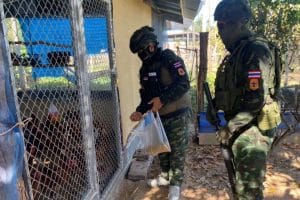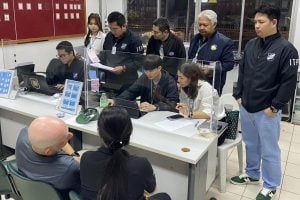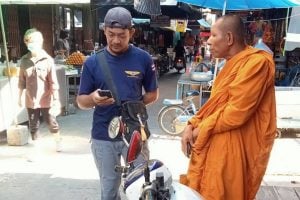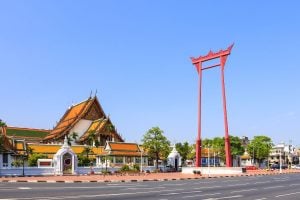How Southeast Asia can capitalise on The White Lotus Effect
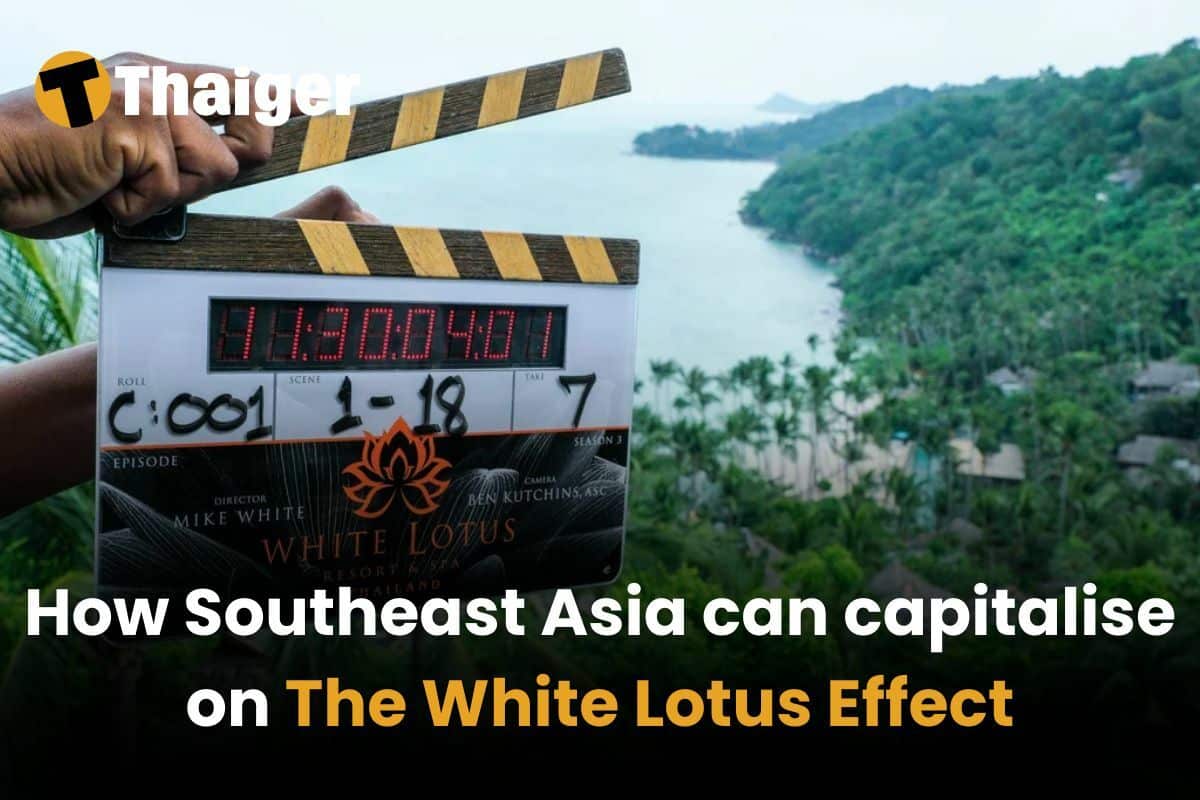
Since The White Lotus checked into Thailand, so has the rest of the world, or at least, they’re trying to. With sweeping drone shots of Koh Samui’s turquoise waters, and a cast of rich, unhappy people sweating their way through wellness retreats, infinity pools and luxury suites, Thailand has never looked more glamorous.
To understand the real impact behind the fantasy, I reached out to Andrew Smith, Senior Vice President, Supply at Agoda, for an exclusive email interview. His insights reveal that the White Lotus isn’t just a cultural moment; it might be the spark of a long-term shift in how the world views and experiences Asia.
Set-jetting with a side of soft power
Agoda recorded a 12% increase in accommodation searches for Koh Samui immediately after the season premiere, with US interest surging by a massive 65% compared to the previous month. For a destination already popular with Europeans and Australians, this new wave of American attention is significant. The US has now entered the top five inbound markets for Koh Samui, alongside Germany, France, Israel and the UK.

While plenty of films and series have boosted Thai tourism over the years, Smith believes The White Lotus has pushed things to another level.
“The show’s focus on stunning locations acts as a powerful promotion of Thailand’s soft power.”
Glamour, spirituality, and… relatability?
The White Lotus presents a glossy, aspirational version of the country, filled with high-end experiences, private villas, tailored spiritual journeys, and designer outfits in unlikely places (like Muay Thai gyms). Of course, it’s all fiction, but fiction that seems to inspire reality.
And while most of us won’t be staying in palatial cliffside suites, the desire to tap into Thailand’s spiritual and wellness offerings is real. American travellers, in particular, are leaning into cultural immersion over pure luxury. Agoda’s data shows that they’re 2.5 times more likely to search for authentic local experiences like temples, street markets, and Thai cuisine than five-star resorts as Smith put it.
“The show’s portrayal of Thailand emphasises luxury, exclusivity, and breathtaking natural beauty… but also reveals a different side to people’s perception of the country.”
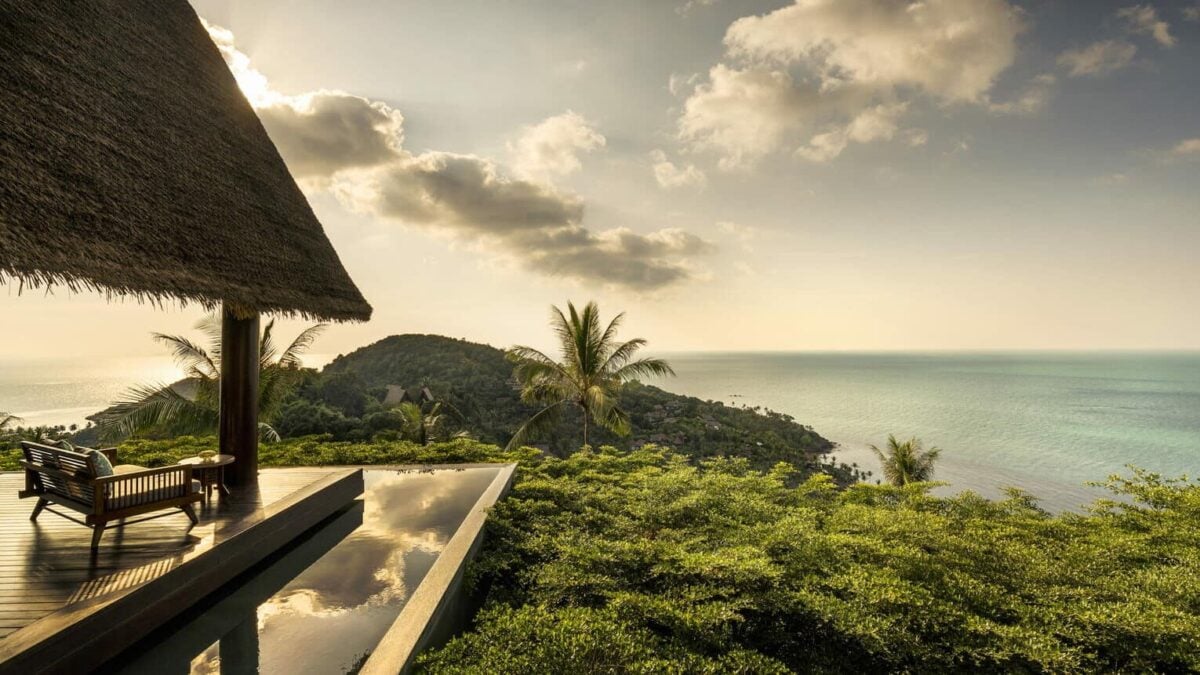
Beneath the glamour, what many are truly seeking is a sense of connection to something deeper, perhaps even transformation or spiritual renewal. The show masterfully mirrors that yearning by threading themes of existential doubt, emotional chaos, and personal reckoning through each storyline. It delivers a surprisingly grounded takeaway: a reminder that even the ultra-wealthy, for all their privilege, are not immune to inner turmoil. That relatability may be exactly why this season hits so close to home.
And while much of the buzz is about the beaches, the drama, and the high-end escapism, there’s another quieter force at work which Smith alludes to.
“What is very well known in Thailand but perhaps not so much from Western travellers is how warm, friendly and kind Thai people are. It comes through in the show but is truly a huge asset to Thailand, and why travellers who come once, keep coming back.”
Beyond Thailand: A Rising Tide Across Asia
It’s not just Thailand that’s feeling the ripple effect. Other Southeast Asian destinations like Vietnam, Indonesia, and the Philippines have seen dramatic spikes in searches, particularly from the US. Vietnam, for instance, has seen five times more interest from American travellers compared to the same period last year, with destinations like Da Nang and Phu Quoc rising in popularity.
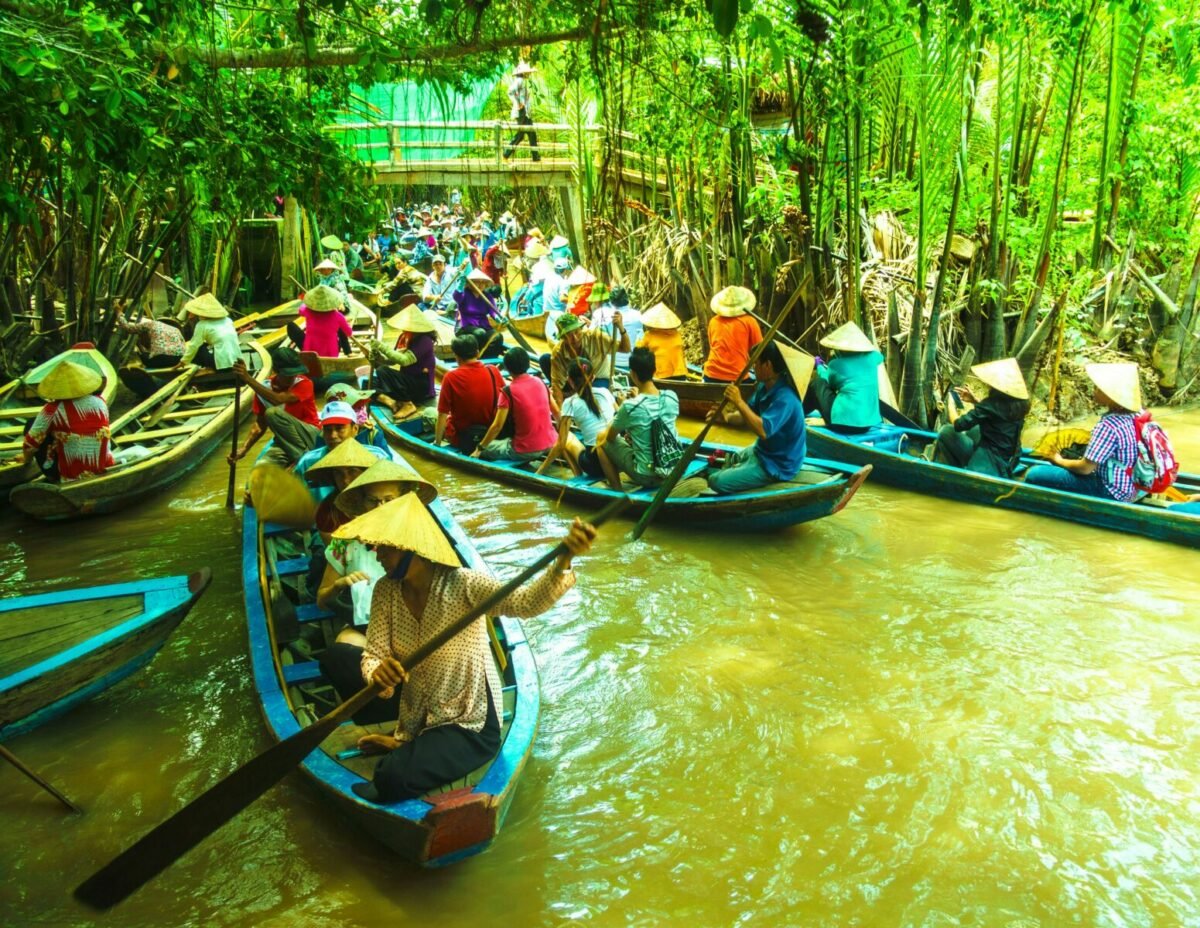
Indonesia and the Philippines have also logged two to four times more interest — proof that Western curiosity about Asia is expanding beyond a single destination.
There was an observation that Smith noted though in regards to this rising tourism around Southeast Asia and especially Thailand.
“HBO’s The White Lotus rising tide feels like it’s lifting all the boats.”
Who’s coming, and what do they want?
This new wave isn’t just luxury seekers, it’s a mix. There’s the bucket list traveller, the Eat Pray Love-style wellness explorer, and a fast-growing group of digital nomads who are being wooed by countries like Thailand with long-stay visas. Agoda points to Thailand’s new Destination Thailand Visa, which allows remote workers to stay up to 180 days and even bring family members.
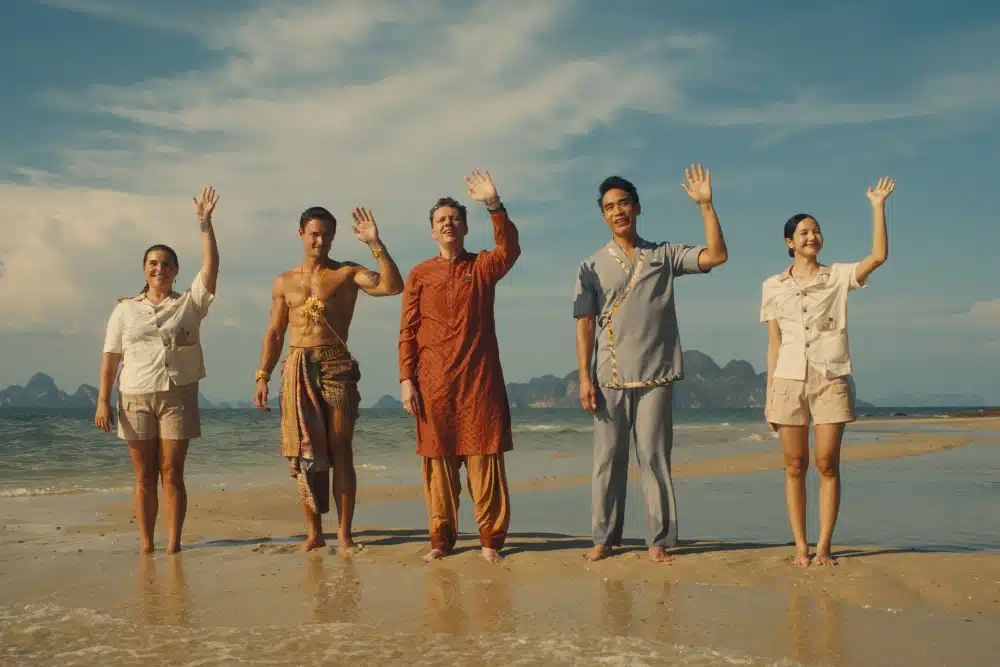
For hotels and resorts, the message is clear: blend authenticity with polish. Western travellers — especially first-timers — are looking for experiences that feel both luxurious and rooted in local culture.
Smith emphasised the importance of curated cultural tours, wellness options, eco-adventures, and multilingual services to create a seamless yet meaningful stay.
Airports, too, are getting in on the act. Thailand’s gateways are doing more to spotlight Thai culture in arrivals halls and waiting lounges, giving visitors a taste of the destination before they even step into a taxi.
Tech, trends, and the power of perks
While stunning scenery may get travellers dreaming, it’s seamless tech and thoughtful perks that seal the deal. Agoda’s data shows that 40% of global travellers are influenced by rewards and perks from loyalty programs, and those who engage tend to spend 18% more on bookings. Platforms like Rocket Travel by Agoda are tapping into this with strategic partnerships, offering loyal credit card holders travel benefits that turn aspirational trips into repeat journeys.
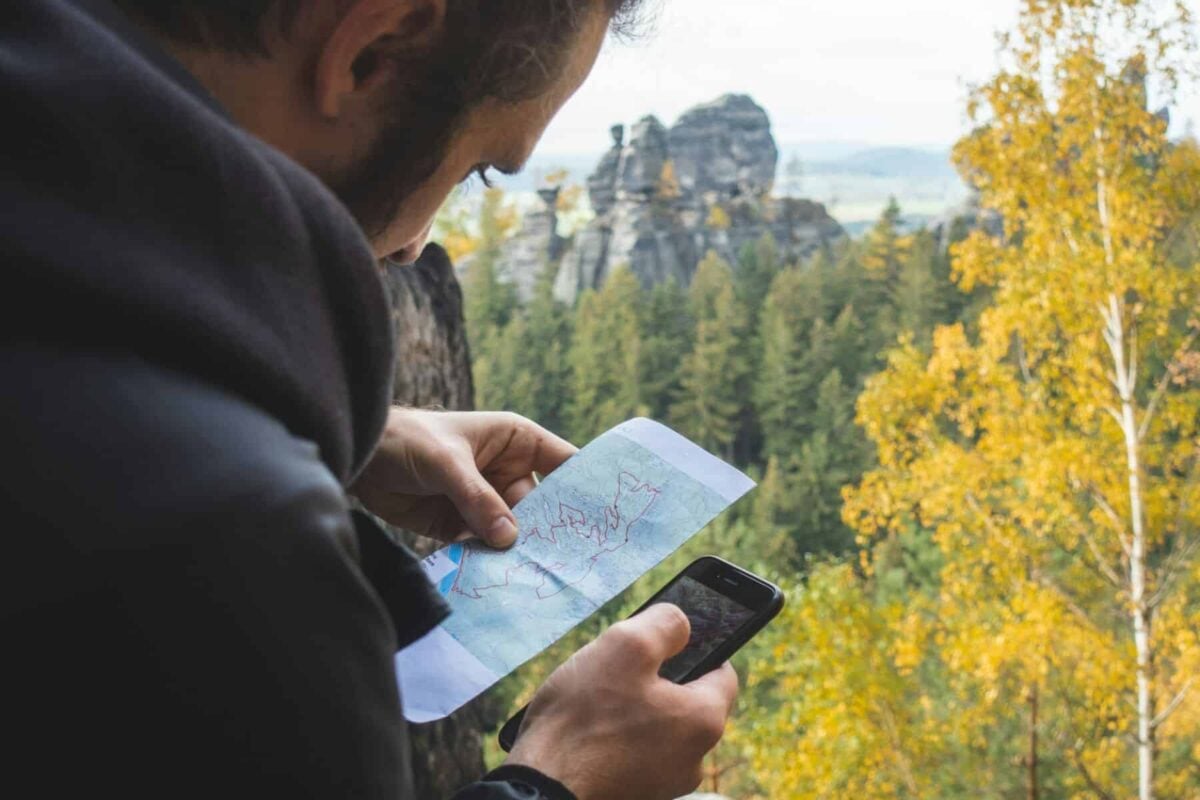
But it’s not just about points; ease and flexibility are essential. That’s why Agoda now supports over 100 alternative payment methods, from Buy Now, Pay Later models to the most widely used digital wallets. In a region where e-wallets account for 70% of e-commerce transactions, offering cashless, mobile-first options isn’t a luxury, it’s a must.
“Hotels that offer currency exchange, localised payment methods, and clear pricing in both local and Western currencies will be best positioned to attract and retain international guests.”
Not just a trend — a turning point
So, is this just a short-lived phenomenon? No, not at all. If anything, he sees it as a signpost of something bigger: a long-term evolution in how Asian destinations market themselves globally. Visual storytelling, especially through social media and high-end productions like The White Lotus redefines how we dream of travel and where we decide to go.
And for hotels hoping to ride the wave, the advice is simple: lean into data, craft personalised campaigns, and focus on what makes your destination unique.
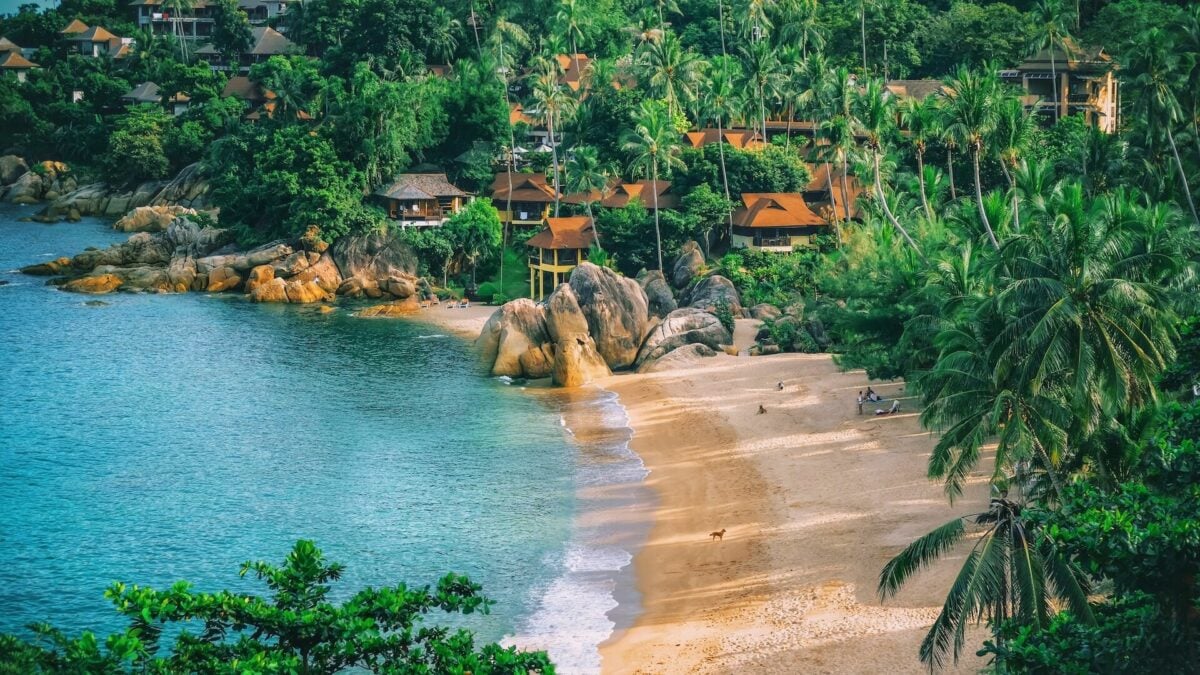
White Lotus-themed experiences could be the next frontier. Think curated wellness retreats, elegant yet mysterious dinner experiences, and tours of hidden islands that feel plucked straight from the show’s lush cinematography.
Smith also cautions anyone who wants to visit amid the craze.
“It’s important not to lose what makes Thailand genuinely special.
“The best trips are those that combine luxury with authenticity.”
The White Lotus vs Eat Pray Love
Remember the Eat Pray Love boom that turned Bali into a solo travel sanctuary?
However, it is clear that The White Lotus hits differently: It has a bigger budget, stronger characters, and the kind of immersive storytelling that embeds the location into the viewer’s imagination.
“This will likely make the travel boost more sustainable or even shift the market to more luxury experiences.”

What does he recommend for someone booking their own White Lotus-inspired trip?
Well, of course, nobody wants the “full experience” with drama and intrigue.
“Put the phone in the hotel bag and disconnect,” Smith joked.
He further suggested that visitors should embrace the balance of luxury and spontaneity to which Smith added some suggestions on how to enjoy Thailand.
“Visit a local market, take a longtail boat to hidden islands, or enjoy a traditional Thai cooking class.
“My most memorable travel experiences were unplanned.”
My own takeaway: Thailand is still magic
My growing sense is that Thailand is being beautifully, strategically presented to the world as a place not just to visit but to be changed by.
And to a large extent, it is that. The calm of temple mornings, the rhythm of the markets, the sound of the sea at dusk- those things can touch you, lastingly. It’s no wonder people come looking for meaning, rest, or renewal.
Most remarkable is the grace with which Thailand has managed to balance tradition with modern tourism. As Andrew rightly pointed out, you can find both luxury and authenticity here.
So yes, The White Lotus may be shining a spotlight on Koh Samui, and tourism is changing, as it always does. But from where I sit, away from the camera lights and the fantasy world of the hit series, the heart of Thailand still beats strong, quietly in everyday life.
Latest Thailand News
Follow The Thaiger on Google News:



